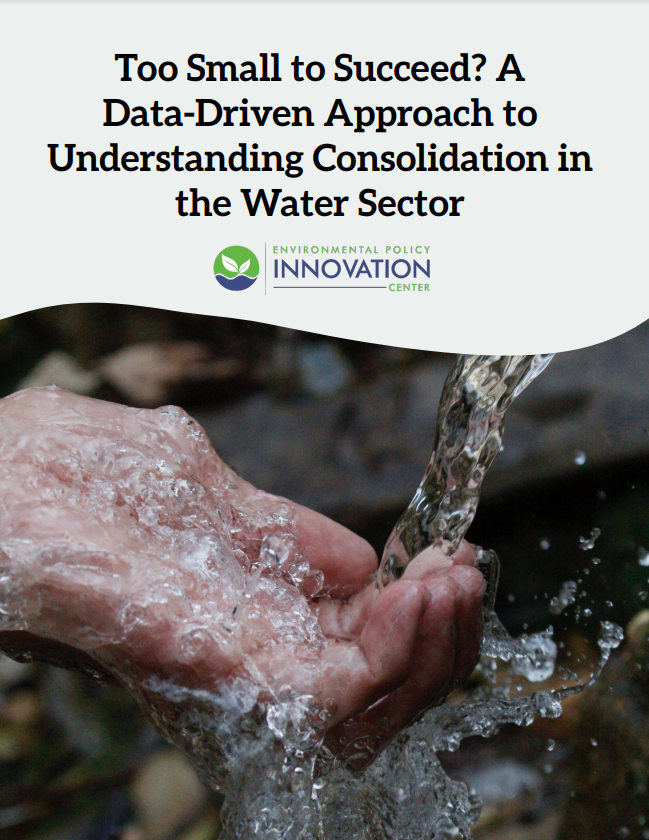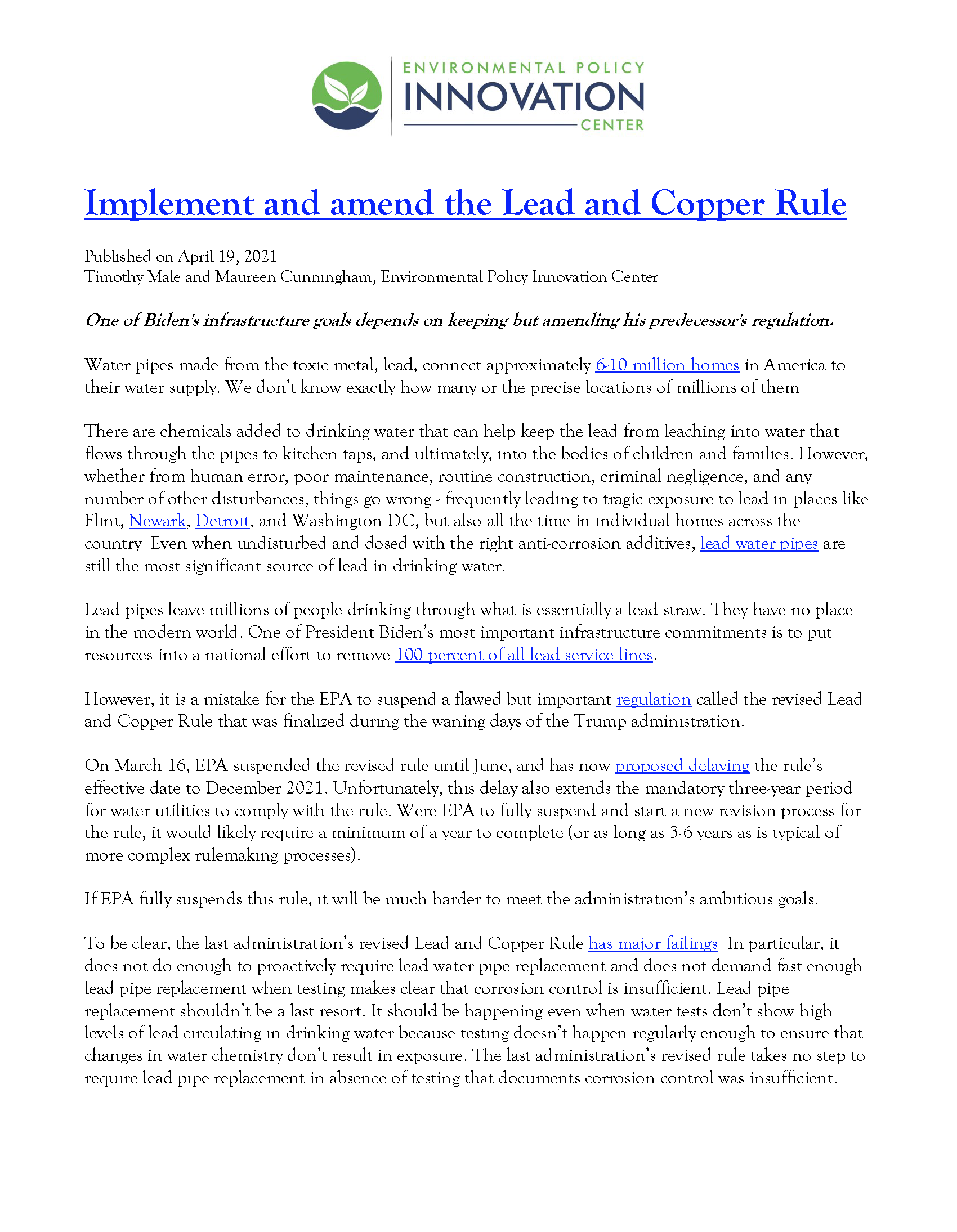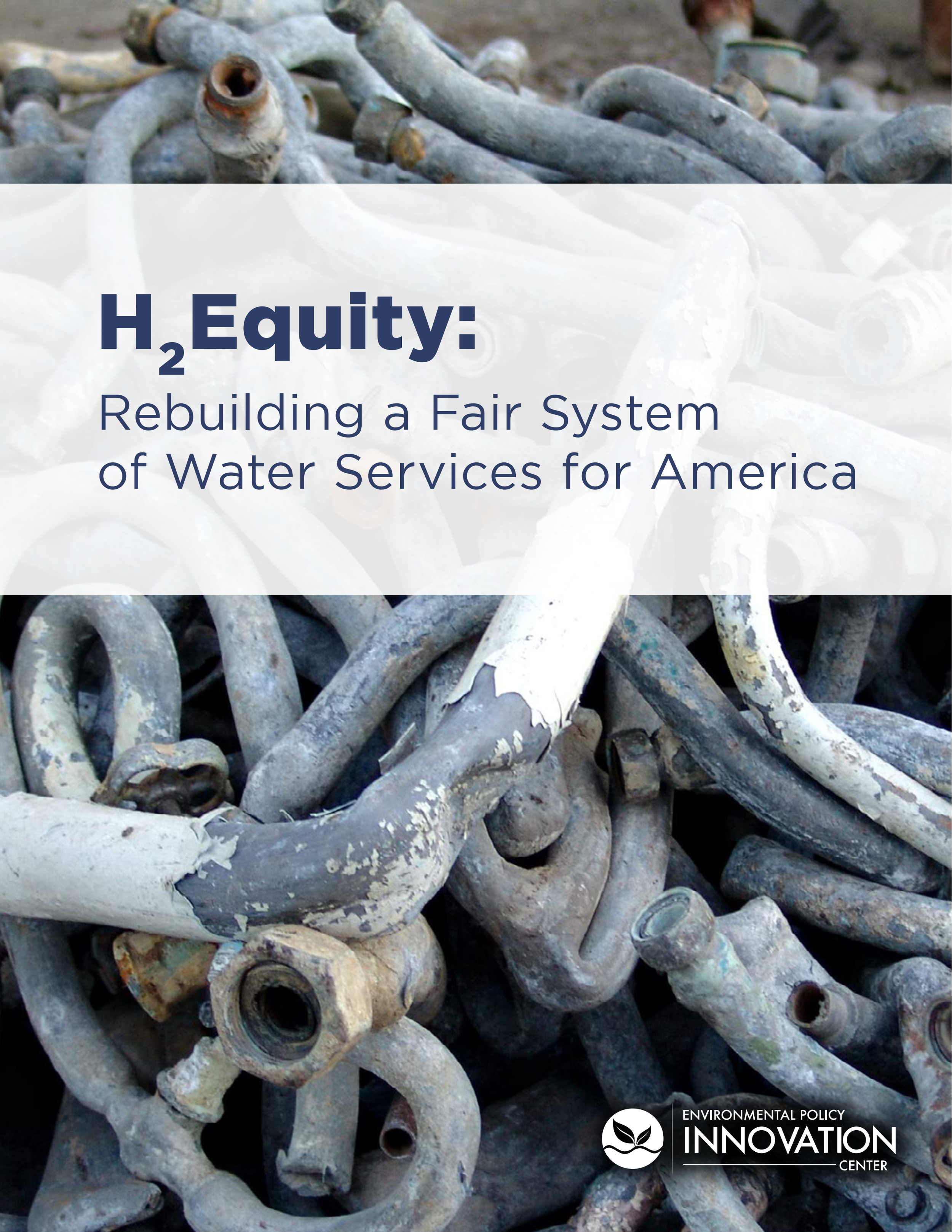
Uncommitted State Revolving Funds

EPIC supports principles for Lead Service Line Replacements
Under the leadership of NRDC and other advocates, EPIC has signed on in agreement with principles to make lead service line replacement more equitable, efficient, and protective of health.

Financing Green Stormwater and Natural Infrastructure with Clean Water State Revolving Funds
In this report, we examine Clean Water State Revolving Fund-financed investments in green stormwater infrastructure and natural infrastructure, which mimic or utilize natural processes to solve water quality and stormwater challenges. Communities around the country face environmental and health consequences due to failing water infrastructure. The Clean Water State Revolving Fund helps address these challenges by financing projects to improve water quality and public health. Most states and territories primarily invest in traditional gray infrastructure. In comparison to gray infrastructure, green stormwater infrastructure and natural infrastructure are often more cost-effective, climate resilient, and provide a plethora of economic and social benefits. We specifically evaluate investments in green stormwater infrastructure and natural infrastructure between 2016 and 2020 and give recommendations to state agencies and the EPA.

Unlocking Clean Water State Revolving Funds to Finance Resilience Projects Across the Great Lakes Region
Established in 1987, Clean Water State Revolving Fund (CWSRF) have played a key role in improving water quality in the United States by providing more than $145 billion to finance more than 42,800 projects nationwide. This report looks at the current status of how CWSRF dollars have been spent across the Great Lakes states, and proposes greener priorities that would spur transformation in environmental, economic, public health, and social outcomes.

Too Small to Succeed: State-Level Consolidation of Water Systems

Putting Better Water Quality Communication on the Fast Track

Replacing Toxic Lead Pipes Faster: Innovative Procurement and Financing Approaches Are Just as Important as Federal Funding
This report explores some key questions: How do we ensure lead pipe replacement happens faster, so people no longer have to drink water contaminated by lead? What efficiencies can we put in place that have been proven to be effective in other spheres? How do we encourage other innovations that can also help speed up lead pipe replacement?
Poor accessibility of water utilities’ consumer confidence reports

Drinking Water Equity

A Data-Driven Approach to Understanding Consolidation in the Water Sector

Increasing State Revolving Fund Capacity through Leveraging

Implement and amend the Lead and Copper Rule

Re-envisioning water quality reports

H2Equity: Rebuilding a Fair System of Water Services for America

H2Affordability: How Water Bill Assistance Programs Miss the Mark

Outliers in Water Utility Consolidation: A Visualization Tool for Understanding State-Level Drinking Water System Consolidation Opportunities

Analysis of Water Utility Websites Reveals Missed Opportunities


